Last updated on March 1st, 2023 at 04:28 pm
Finland has spent much of its history living in the shadow of its larger neighbor, Russia. Until 1918, it was officially part of Imperial Russia but broke away after the Czar was deposed and the Bolsheviks took over in nearby St. Petersburg/Leningrad.
In 1920, the new Soviet Union signed a treaty recognizing Finnish independence, establishing the borders on the Karelian isthmus and ceding the northern port of Petsamo to the Finns in exchange for territorial concessions in the south.
The Soviets were bargaining from a weak position as they fought the Whites in their civil war. The southern border of Finland that the Treaty of Tartu established was only 20 miles from the strategic city of Leningrad.
Finland also dominated the exit from the Gulf of Finland, one of the few ice-free exits from the Soviet Union. In addition, Finland controlled several islands in the Gulf and the Hanko peninsula, which potentially threatened to bottle up the Soviet navy in Kronstadt.
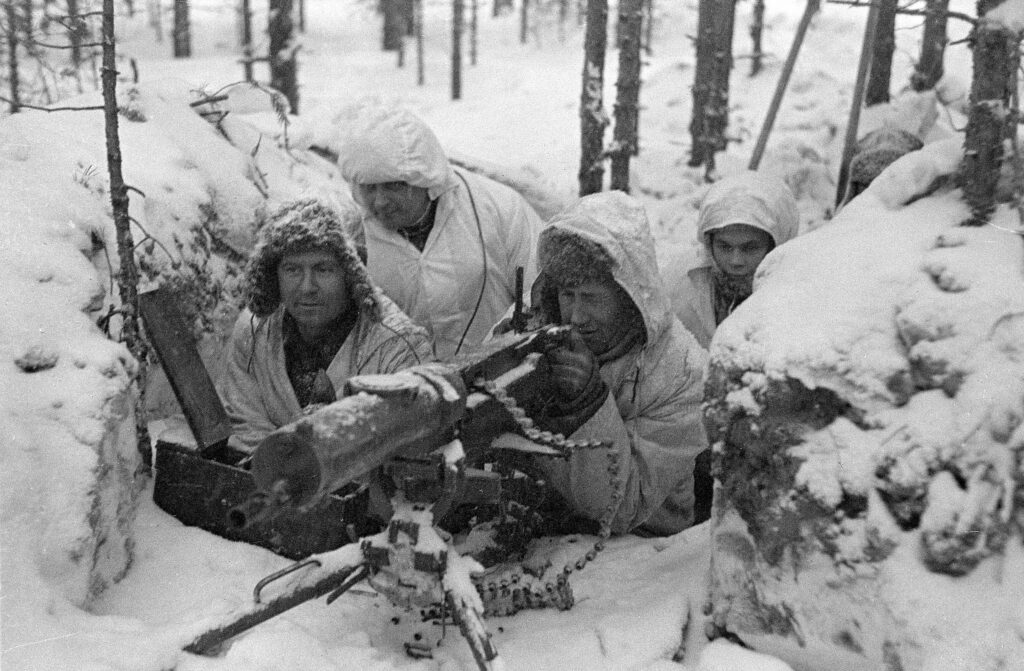
The Molotov-Ribbentrop Pact of August 1939 divided eastern Europe between Nazi Germany and the Soviet Union. The Baltic States and Finland were considered part of the Soviet sphere of influence, and Stalin felt like he had a free hand.
He demanded and received military basing rights in the Baltic States of Estonia, Latvia, and Lithuania, leading in 1940 to their complete takeover. According to Ethan Beck, Stalin felt in part compelled to act swiftly and aggressively toward both the Baltics and Finland, “If Russia failed to exert control over the areas given to it in the Pact, there was a danger that its co-signer would see Russia as weak and ripe for German invasion.”
Accordingly, Stalin called a Finnish delegation to Moscow in October 1939 and issued a series of ultimatums that, among other things, would have forced the Finns to abandon their defensive fortifications on the Karelian Isthmus, give up the port of Petsamo on the Arctic Sea, cede several islands in the Gulf of Finland, and lease a part of the Hanko Peninsula on the Baltic for 30 years.
The Finns refused these demands. Abandoning their fortifications in Karelia would have made them extremely vulnerable to future attacks from the USSR.
There is also evidence to indicate that Soviet dictator Josef Stalin intended to take over all of Finland as part of a strategy to re-establish the borders of the Czarist Empire. Threatened with the loss of their independence, the Finns prepared for war.
The War Begins
The Finns did not have long to wait. On November 26, the Soviet border post at Mainila was shelled by unknown parties, resulting in the deaths of several border guards.
This shelling came from the Soviet side of the border. The Finns suggested a commission to investigate the incident. The Soviet Union rejected that idea and instead demanded that the Finnish army withdraw 20 miles into Finland, effectively abandoning their defensive fortifications. This was unacceptable to Helsinki.
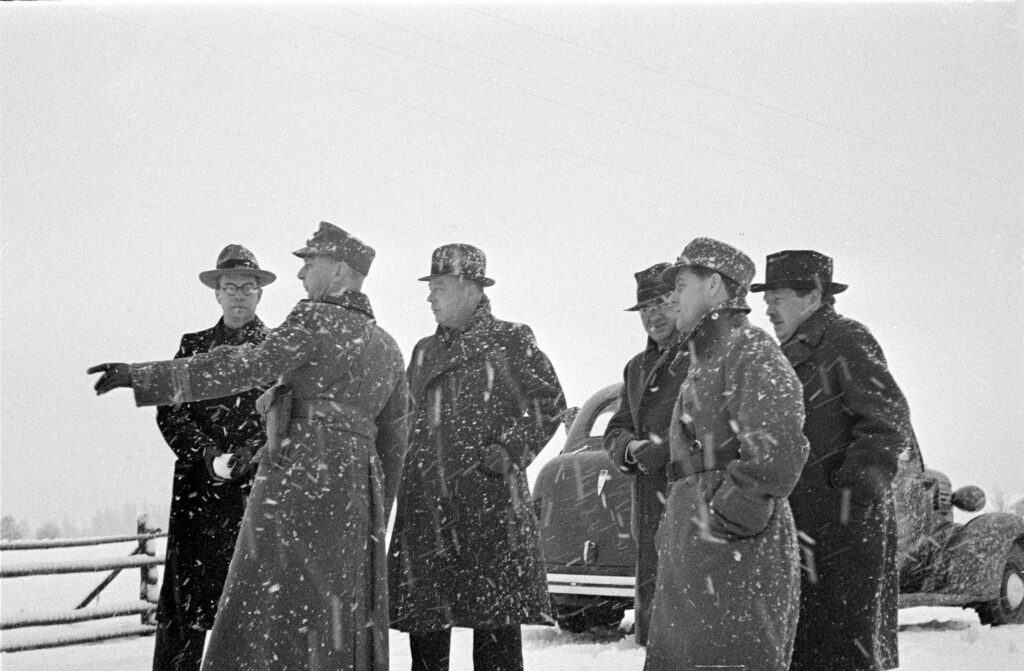
On November 30, the Soviet Union invaded Finland with 21 divisions, totaling 450,000 men.
The 7th Army (9 divisions, a tank corps, and three tank brigades) struck northward from Leningrad through the heart of the Finnish defenses.
The 8th Army (6 divisions and a tank brigade) moved around the northern shore of Lake Ladoga to get behind the Mannerheim Line, the main Finnish defensive belt.
A third Army, the 9th (4 divisions), struck through the country’s center. Finally, the 14th Army (3 divisions) struck across the north with the port of Petsamo as its objective.
On the same day, the Russians bombed Helsinki in an attempt to terrorize the population into surrender, resulting in 100 civilian casualties. However, these attacks galvanized Finnish resistance, and most of the ill-prepared Russian offensives bogged down in the rough terrain of Karelia and Finland’s eastern regions.
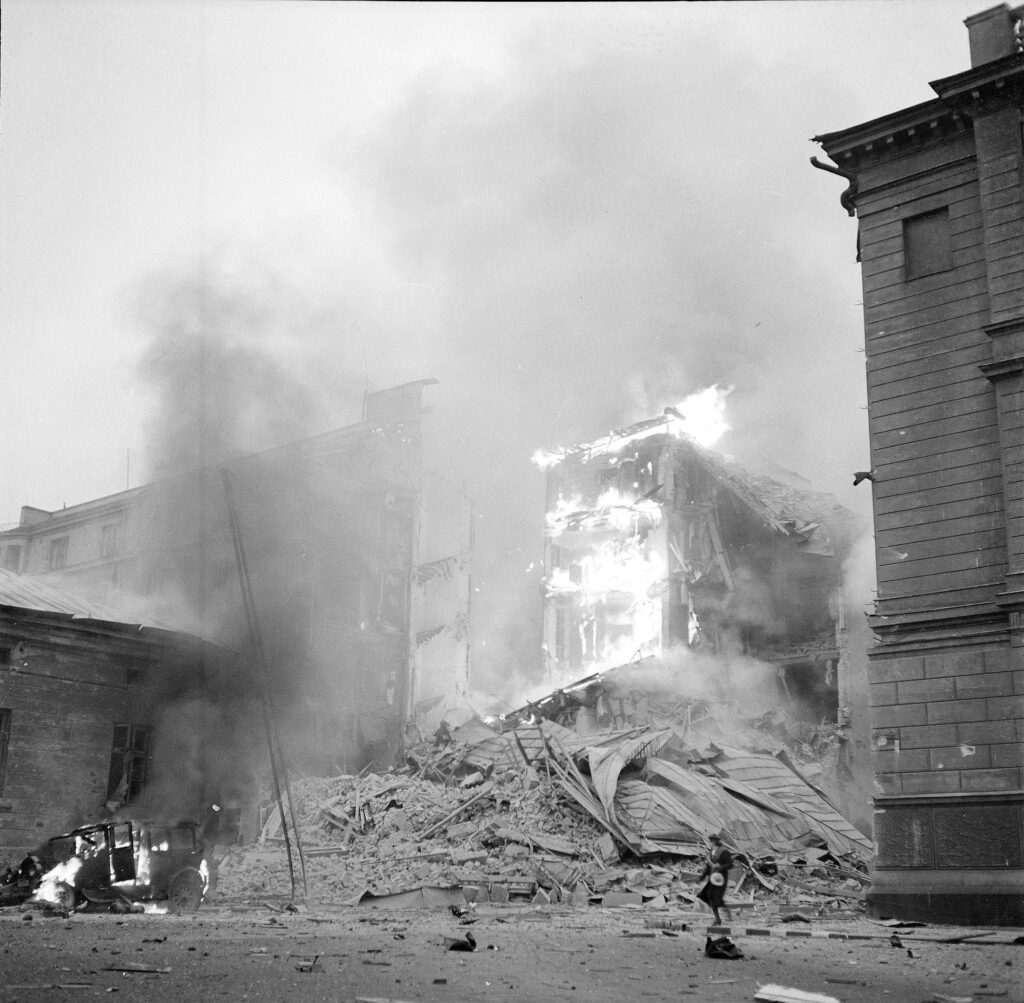
The Soviet high command expected a brief campaign, lasting maybe 2-3 weeks. After all, the attack on Poland a few months earlier had lasted a similar amount of time.
The difference was that Germany had already absorbed most of Poland’s defensive capability with its attack two weeks before the Soviets intervened. Polish territory was also open terrain with few natural defensive features. This was not the case in Finland.
There were few paved roads even in the relatively developed Karelian Isthmus, and even these traversed dense forests and marshes, making non-road traffic difficult, if not impossible.
The Finnish fixed fortifications of the Mannerheim Line were not insignificant either. The combination of terrain and fortifications tended to channel the Soviet columns into areas where the Finns expected them to be, leading to ambushes.
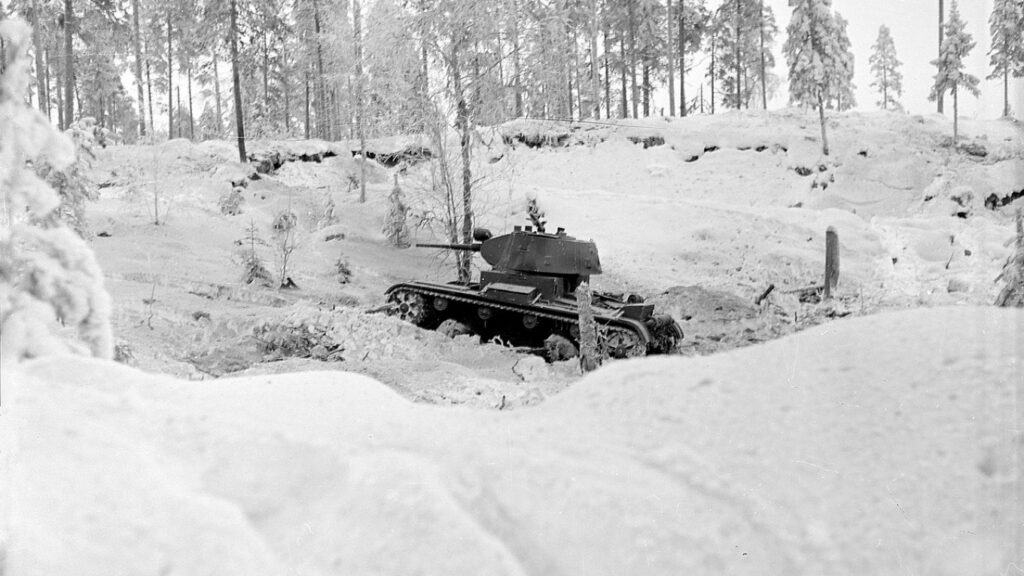
Even the best commanders would have found these conditions a challenge. However, Soviet commanders at this point could hardly be described as elite.
Many of the most effective and creative commanders in the Red Army had been purged by Stalin in 1937, leaving behind leaders with little initiative or who needed to understand the realities of modern combat.
The Soviets wanted to emulate the German blitzkrieg they had seen in Poland a few months earlier, but they were far from capable of doing so.
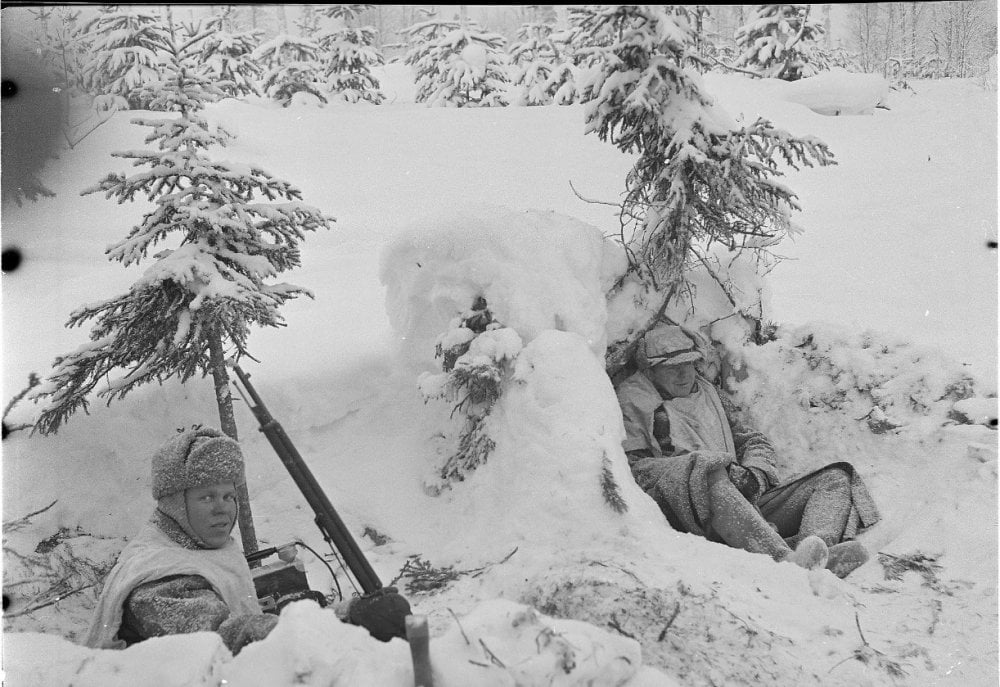
Instead, thousands perished in frontal attacks, and assets such as tanks were destroyed because they were sent into vulnerable areas (like the ever-present forests) without infantry support. Moreover, the Soviet Air Force was as likely to bomb its own troops as it was to bomb the Finns.
This is not to say the Finnish Army had an easy time of it. They were confronted by ammunition shortages so severe that many troops had to scavenge bullets from the bodies of Soviet soldiers. Tanks were almost nonexistent except for those captured intact from the invaders. The Air Force was extremely small and dependent on outdated aircraft.
Western Reaction
Finland immediately asked for aid from the Allies in the west. The USSR had violated no less than three treaties when it invaded Finland without a declaration of war, and the diplomatic reaction was swift, if ineffective.
The Soviet Union was expelled from the League of Nations on December 14. As this was then considered an “illegal” war, the western allies felt free to support Finland with money and armaments.
Both France and Britain sought to arm the Finns. However, the problem was getting that aid to them. As they were at war with Germany, the Baltic was effectively closed to their shipping.
Both Norway and Sweden were officially neutral but covertly aided the Finns. “Norway’s biggest support, though, came in the form of allowing aircraft purchased from the UK and US to land/be shipped into Norway before being moved to either Sweden for assembly or Finland for assignment. A small flight training school was even opened near Oslo so that Finns could receive flight training in fairly safe conditions.”
As the Soviet attacks bogged down in the snow and ice of the Finnish winter, aid began to flow, although much of the more advanced armaments, like aircraft, would not arrive until after active hostilities had ceased in March 1940.
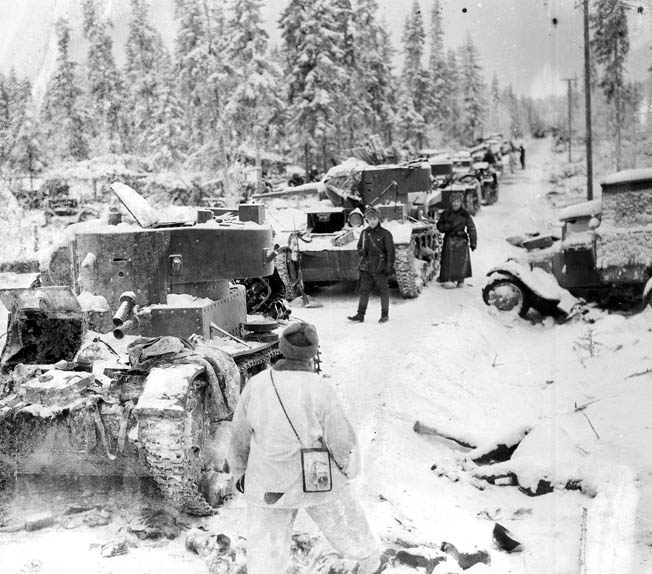
More significantly, both Britain and France planned to send Finland troops. There were many reasons for them wanting to intervene in the war.
First of all, it would distract Nazi Germany from a feared attack against France. Second, it would threaten Swedish iron ore supplies that were critical to the German war effort.
On January 29, the Allies formulated a plan, which would have sent thousands of troops to Finland, resulted in a partial invasion of Norway to protect their supply lines, and put the western allies in direct conflict with the Soviet Union. Had it come to pass, this expedition would have dramatically altered the flow of World War II.
Russian Breakthroughs
The Finns successfully stymied most of the Soviet advances by the end of December, the exception being the Soviet seizure of Petsamo in the far north.
Road-bound Soviet columns were repeatedly trapped and annihilated by Finnish units operating out of the country’s dense forests. Improvised weapons, such as the famous Molotov cocktails, were used to destroy scores of Soviet tanks and other vehicles.
However, by the end of January, the Finnish forces were exhausted as ammunition supplies, particularly artillery ammunition, dwindled.
Aid from the west was slow in coming because of the bottlenecks caused by long supply lines through ostensibly neutral countries. The proposed Allied intervention was seen as the country’s sole remaining hope.
On the other side, the Soviets, humiliated by their defeats but possessing massively superior resources, reorganized their command structure in late December.
They concentrated troops on the Karelian Isthmus to try to force the Mannerheim Line fortifications. By February 11, the Soviets had concentrated 460,000 troops, 3,350 artillery pieces, 3,000 tanks, and 1,300 aircraft against the Mannerheim Line.
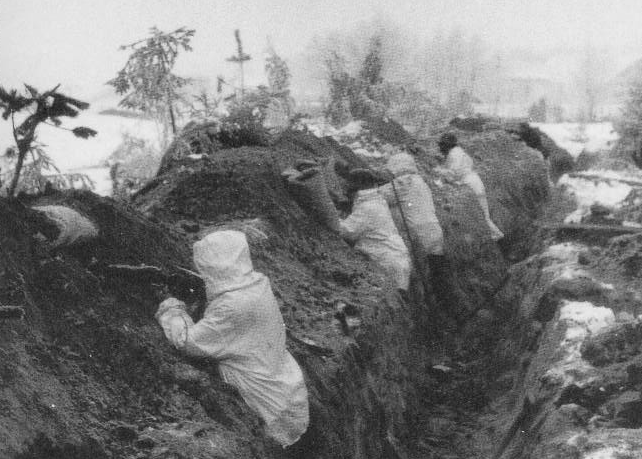
Manning the line were only 150,000 Finns. Despite heavy losses, the Soviets ground down the defenders through sheer numbers and firepower. On February 15, Mannerheim was forced to retreat from the fortifications toward Vyborg.
While the Finns retreated in good order, it was clear they could no longer withstand the onslaught. At the same time, the Soviets feared that with the spring thaws, their troops would become bogged down in the marshy terrain and face a new stalemate.
Peace Negotiations
The Finns initiated peace feelers for a negotiated settlement via the Soviet ambassador to Sweden.
On February 29, the Finns indicated they would accept the harsh Soviet terms in principle. However, there was considerable opposition on both sides to reaching a deal.
The Red Army wanted to press its advantage against the crumbling Finns, and many in Finland refused to concede territory to the aggressor.
They favored holding out until the Allies could intervene, an operation planned for late March. However, Mannerheim convinced the opposition that he could not guarantee the army’s collapse before that happened [CHECK].
In Moscow, the Communist Party overruled the military, citing casualties and their belief in an eventual revolution in Helsinki as reasons to cease hostilities.
On March 12, the Treaty of Moscow was signed, and hostilities ceased the next day. The Soviets gave back the port of Petsamo in the north but took all of the territories they had initially demanded in the south, plus the city of Vyborg. As a result, over 400,000 Finns lost their homes and were evacuated into the rest of Finland.
The Aftermath
The war pushed the Finns further into the German camp. Additionally, it also made the Soviet Union appear weak. Soviet casualties were almost ten times those of the Finns (60,000 vs. 500,000).
After the Soviet struggles to overcome their tiny neighbor, Hitler viewed Stalin’s empire as vulnerable, reinforcing his intention to break the Molotov-Ribbentrop Pact and attack the USSR.
A little over a year after the Treaty of Moscow, the Germans invaded the Soviet Union, intending to annihilate the Soviet government. Finland joined the Nazi attack.
In Finland, this effort was called The Continuation War. By this time, the Finns had rearmed with arms from both the west (notably American fighter aircraft) and Germany. They were able to retake all of the territory ceded by the Treaty of Moscow as the Soviet Army collapsed in the face of the German onslaught.
However, hedging their bets, the Finns halted their advances just inside the old Soviet borders. Notably, they did not attack Leningrad despite its lengthy siege by German forces advancing from the south.
In 1944, Soviet counter-offensives forced the German army back from Leningrad and threatened Finnish positions to the north. The Finns resisted for a time but eventually signed a separate treaty with the advancing Russians.
On September 19, 1944, they signed the Moscow Armistice, which once again rolled the borders back to the 1940 lines and then some. Petsamo was now permanently lost, and the Finns were forced to pay a heavy reparation to Moscow.
During the Cold War, Finland pledged itself to strict neutrality as part of a final peace treaty in 1947 and agreed to maintain minimal military forces. In 1992, this treaty was revised in order to allow Finland to join the European Union.
The military clauses were removed at that time. In 2022, as a response to the Russian invasion of Ukraine, Finland voted to join the North Atlantic Treaty Organization (NATO).
This membership will likely come into force sometime in 2023 or 2024, making Finland subject to Article II protections, which state that an attack against one will be considered an attack against all. It’s likely the events of 1939-1940 were on the minds of the Finns as they made this momentous decision.

